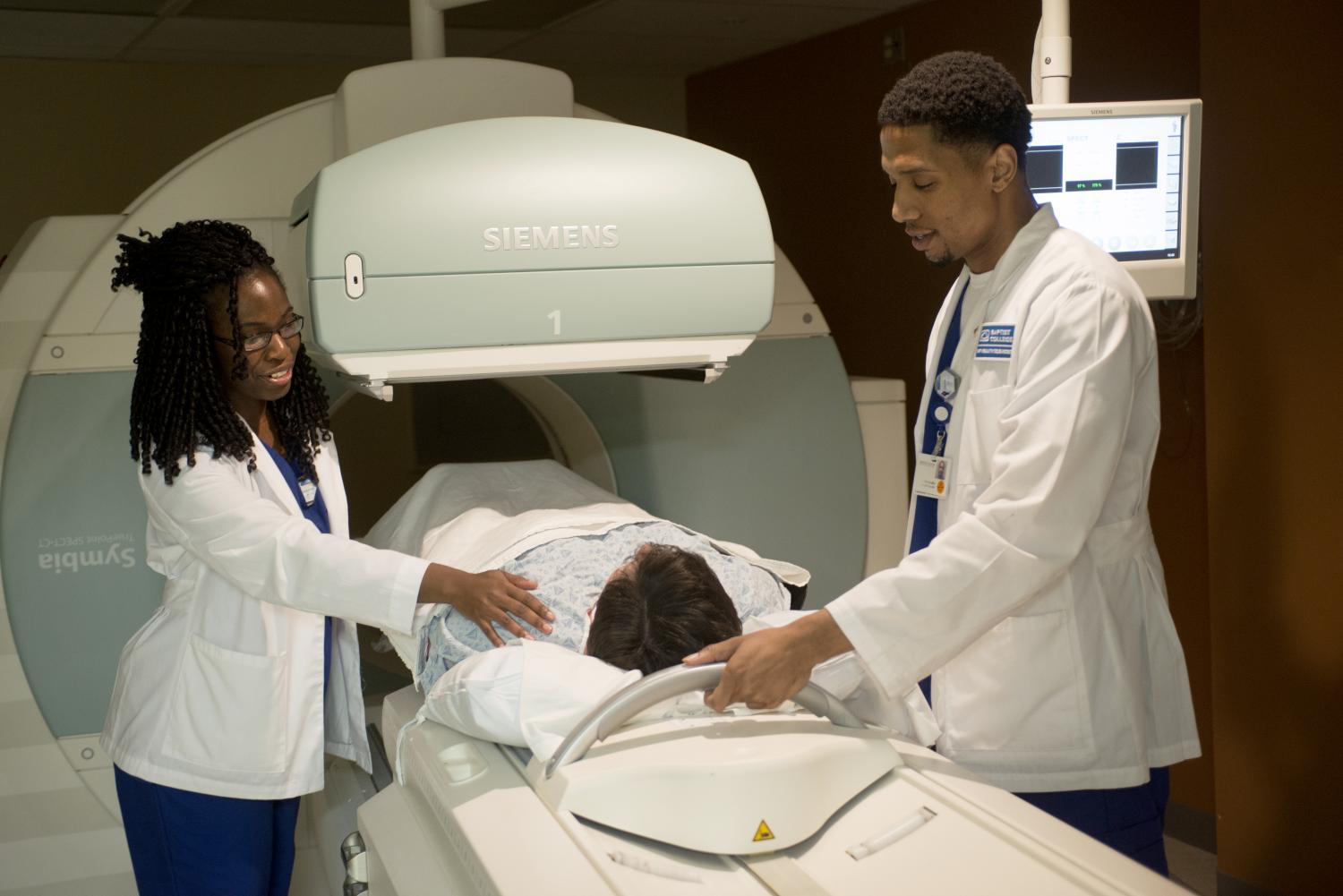
Nuclear medicine might sound like something out of a sci-fi movie, but it's a real and vital part of modern healthcare. Nuclear medicine uses small amounts of radioactive materials to diagnose and treat various diseases. This field combines chemistry, physics, biology, and medicine to provide unique insights into the human body. From detecting cancer early to treating heart disease, nuclear medicine offers powerful tools that can save lives. Curious about how it works or what makes it so special? Here are 30 facts that will give you a deeper understanding of this fascinating field. Get ready to learn something new and exciting!
Key Takeaways:
- Nuclear medicine uses small amounts of radioactive materials to diagnose and treat diseases, providing detailed images of the body's internal functions. It's safe, non-invasive, and offers personalized treatment plans.
- The future of nuclear medicine looks promising, with ongoing research and technological advancements leading to innovations like artificial intelligence integration, new targeted treatments, and more precise disease detection.
What is Nuclear Medicine?
Nuclear medicine is a fascinating field that combines chemistry, physics, biology, and medicine to diagnose and treat diseases. It uses small amounts of radioactive materials to provide detailed images of what's happening inside the body. Let's dive into some intriguing facts about nuclear medicine.
-
Nuclear medicine uses radioactive substances called radiopharmaceuticals to diagnose and treat diseases.
-
Radiopharmaceuticals are administered through injection, inhalation, or orally.
-
Gamma cameras are used to capture images of the radiopharmaceuticals inside the body.
-
PET scans (Positron Emission Tomography) are a common nuclear medicine imaging technique.
-
SPECT scans (Single Photon Emission Computed Tomography) provide 3D images of the body's internal functions.
History of Nuclear Medicine
The history of nuclear medicine is rich and spans several decades. It has evolved significantly since its inception, leading to groundbreaking advancements in medical diagnostics and treatment.
-
Nuclear medicine began in the early 20th century with the discovery of radioactivity.
-
Ernest Lawrence invented the cyclotron in 1930, which helped produce radioactive isotopes.
-
The first clinical use of a radioactive tracer was in 1937 to diagnose thyroid disease.
-
Technetium-99m, discovered in 1938, is the most commonly used radioisotope in nuclear medicine.
-
The Society of Nuclear Medicine was founded in 1954 to advance the field.
Applications of Nuclear Medicine
Nuclear medicine has a wide range of applications, from diagnosing diseases to treating various medical conditions. Its versatility makes it an invaluable tool in modern healthcare.
-
Nuclear medicine is used to diagnose heart diseases by imaging blood flow and function.
-
Bone scans help detect fractures, infections, and cancers in bones.
-
Thyroid scans assess thyroid function and detect abnormalities.
-
Lung scans diagnose blood clots and other lung conditions.
-
Cancer treatment uses radiopharmaceuticals to target and destroy cancer cells.
Benefits of Nuclear Medicine
The benefits of nuclear medicine are numerous, making it a preferred choice for many medical professionals. It offers unique advantages that other diagnostic tools cannot provide.
-
Nuclear medicine provides detailed images of the body's internal functions.
-
Early detection of diseases is possible with nuclear medicine, improving treatment outcomes.
-
Non-invasive procedures reduce patient discomfort and recovery time.
-
Personalized treatment plans can be developed using nuclear medicine data.
-
Functional information about organs and tissues is obtained, unlike other imaging techniques.
Safety in Nuclear Medicine
Safety is a top priority in nuclear medicine. Strict protocols and guidelines ensure that patients and healthcare providers are protected from unnecessary radiation exposure.
-
Radiation doses in nuclear medicine are generally low and safe for patients.
-
Protective measures are in place to minimize radiation exposure to healthcare workers.
-
Regulatory agencies like the FDA and NRC oversee the safe use of radiopharmaceuticals.
-
Patients are monitored closely during and after procedures to ensure safety.
-
Advancements in technology continue to improve the safety of nuclear medicine.
Future of Nuclear Medicine
The future of nuclear medicine looks promising, with ongoing research and technological advancements paving the way for new possibilities. Innovations in this field hold the potential to revolutionize medical diagnostics and treatment.
-
Artificial intelligence is being integrated into nuclear medicine to enhance image analysis.
-
New radiopharmaceuticals are being developed for more targeted treatments.
-
Hybrid imaging techniques, like PET/MRI, combine the strengths of different modalities.
-
Molecular imaging is advancing, allowing for more precise disease detection.
-
Personalized medicine is becoming more achievable with nuclear medicine advancements.
The Power of Nuclear Medicine
Nuclear medicine has revolutionized healthcare. It offers precise diagnostics and effective treatments for various conditions. From detecting cancer early to treating thyroid disorders, its impact is undeniable. The use of radioactive materials, though sounding intimidating, is safe and controlled. This field continues to evolve, bringing hope to millions.
Understanding these facts helps appreciate the advancements in medical science. Nuclear medicine isn't just about complex machines and radioactive substances. It's about saving lives, improving health outcomes, and offering new possibilities for treatment.
As technology advances, nuclear medicine will likely become even more integral to healthcare. Staying informed about these developments ensures we can make better health decisions. So next time you hear about a nuclear medicine procedure, you'll know it's a powerful tool in modern medicine's arsenal.
Frequently Asked Questions
Was this page helpful?
Our commitment to delivering trustworthy and engaging content is at the heart of what we do. Each fact on our site is contributed by real users like you, bringing a wealth of diverse insights and information. To ensure the highest standards of accuracy and reliability, our dedicated editors meticulously review each submission. This process guarantees that the facts we share are not only fascinating but also credible. Trust in our commitment to quality and authenticity as you explore and learn with us.
